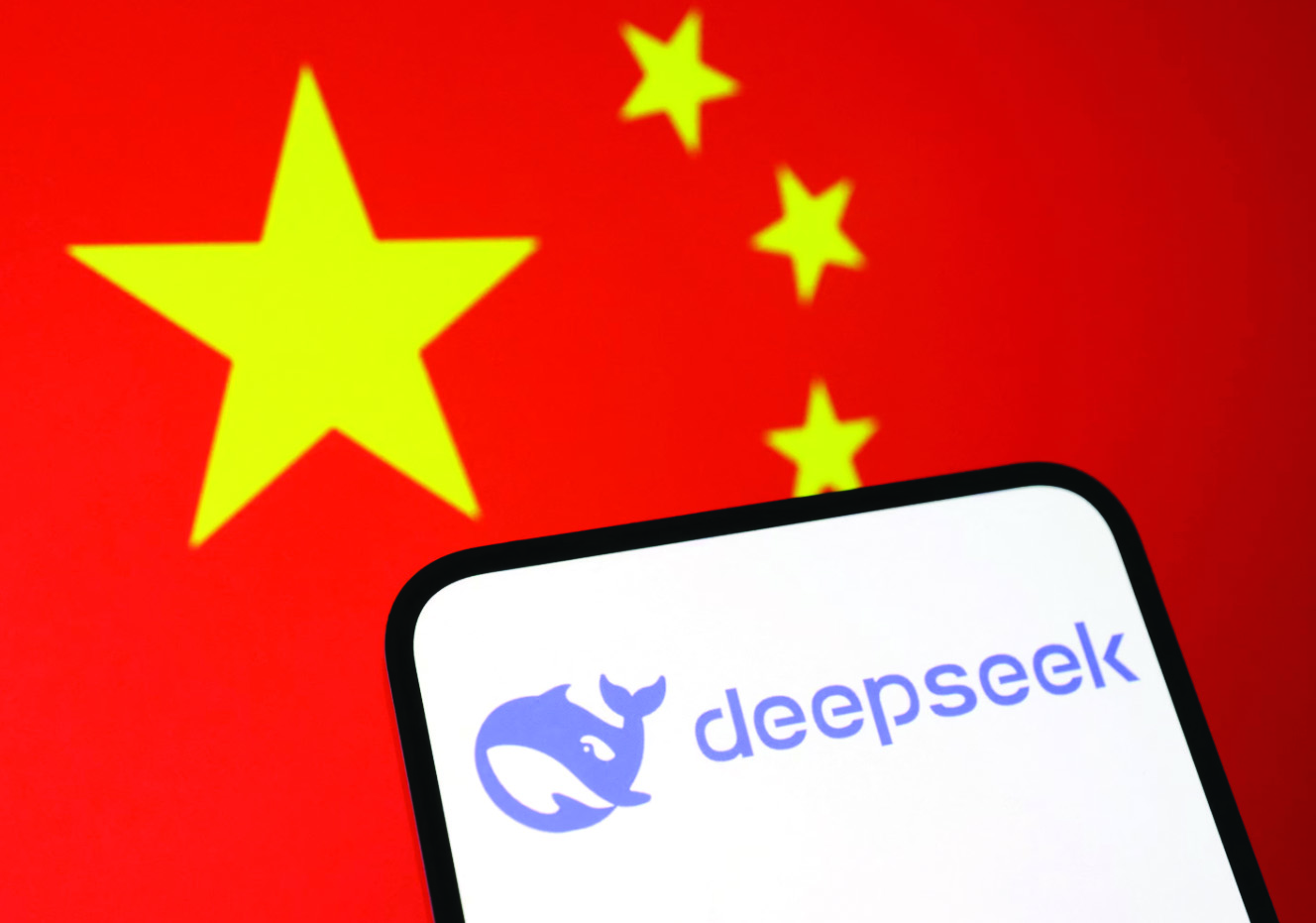The AI Disruption
China’s DeepSeek has disrupted the AI space forcing mega tech companies to take notice; what lies ahead?

China has upped the ante again, and this time against the world’s biggest tech giants. Accompanied by global drama and thrill, Chinese Artificial Intelligence (AI) DeepSeek has left US tech companies in a tizzy and stocks crumbling. A disruptive AI model built at a fraction of the cost, proving that when they are denied something, they can and will do exactly the opposite to prove a point. Termed the “Sputnik Moment” and called “impressive”, DeepSeek has democratised AI, possibly heralding an age where leaner and more efficient AI models would be not just an aspiration but the norm.
DeepSeek claims to have been built as a side project with a budget of under USD 6 million; compared to the billions of dollars spent by US technology companies. The DeekSeek model has also been trained using older chips since they did not have access to the latest ones, and the DeepSeek R1 surpasses models developed by OpenAI, Meta, Google, and Anthropic. While there are already allegations of censorship practised by the app, no one can take away from the brilliance of what has been built. Given the meagre resources, we can’t help but appreciate the implications and impact of DeepSeek.
It’s no fool’s guess that new global wars will be fought on the sidelines of technology. And any country that truly wants global clout and political influence will compete to own and operate the latest tech, outdoing each other, and constantly seeking to outperform the best. And DeepSeek may not be the last — as per tech observers, there are more Chinese companies and startups led by small teams, who could unleash other forms of Generative AI to cause further disruption to the sector.
Where does India stand in the realm? Well, nowhere. The entire AI scene is unravelling in front of us and we are but an audience. While we reserve the pride of having shown the world that space programs can be frugally built and launched, such as Mangalyaan — built in under USD 74 million — when it comes to AI, India is conspicuous by its absence. Here’s some food for thought — while Indian startups continue to work on innovations and emerging business opportunities birthing sectors such as quick commerce, we have hardly made any progress in the areas of chip design and AI.
India has historically faced infrastructural issues that have not been conducive to the proliferation of sectors such as chip manufacturing, which forms the bedrock of AI. Setting up semiconductor fabrication plants and GPU clusters is also capital-intensive. India focussed on driving IT services rather than hardware manufacturing. We have also lagged in providing adequate encouragement to R&D (research and development); we devote only 0.64 per cent of our GDP towards R&D compared to 3.4 per cent and 2.68 by the US and China respectively. Despite the pandemic and slowdowns, these nations have remained committed to spending big bucks towards R&D, and that’s been the ultimate game-changer.
Things in India are finally moving and at least some steps are being taken in the right direction. We have a USD 10 billion Semiconductor Incentive Scheme; companies such as the Tata Group have entered the segment while American company, Micron, has plans to produce chips in India. Recent programs such as the IndiaAI Mission and increasing numbers of collaborations and PPPs (public-private partnerships) along with behemoths such as Nvidia, can herald the dawn of a new AI age in India. Realistically, however, it will take us many years to even be considered to be in the reckoning.
While India produces tech talent, there is a need to nurture exceptional researchers and innovators who can create innovations that can disrupt global markets. Unfortunately, the number of PhDs, scientists, and researchers remains abysmally low; not just because we don’t produce quality candidates but also because we are unable to give support, mentoring, and opportunities. The brain drain of our best minds has been an age-old issue. But if India wants to become a superpower, retaining and leveraging our top talent will be a key priority. And the call to make them stay shouldn’t just be based on patriotism alone; if talent, across sectors, must dedicate themselves to discovery, scientific thought, and innovation, they can’t be bogged down by lack of income, poor standard of living, pinching food and medical costs. Pathbreaking innovations can’t come from stressed and strained minds.
The writer is an author and media entrepreneur. Views expressed are personal



